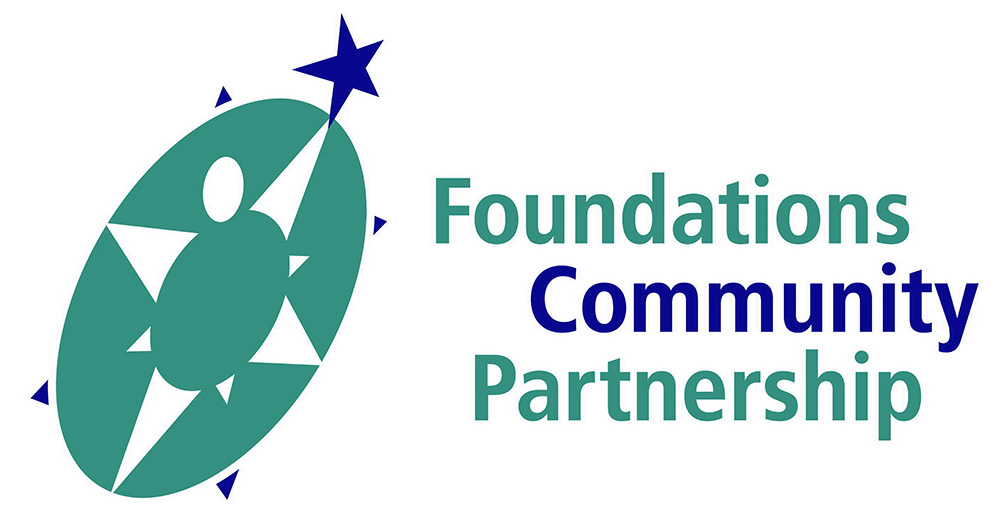Expert Presentation Provides Practical Tools for Treating Anxiety with Children and Youth
Wednesday’s webinar, “The Specifics of Exposures: Tips, Strategies, and Practicalities for Effective Exposures during CBT for Youth with Anxiety Disorders” presented by Katherine Dahlsgaard, Ph.D., was informative and fast paced. Her enthusiasm and high energy added to her expertise to make this presentation successful. It was easy to see why Dr. Dahlsgaard is a hit with children in her practice.
The goals for today’s presentation included:
- Discuss the current empirical evidence supporting the preference for exposure in the context of CBT for anxious youth.
- Summarize the rationale and clinical applications of exposure for youth presenting with anxiety disorders.
- Describe the rationale and clinical considerations for the inhibitory learning approach to enhancing the effectiveness of exposures when treating youth with anxiety disorders.
Most of these goals were met.
Dr. Dahlsgaard opened her presentation by talking about evidence-based treatments for anxiety such as CBT. She presented references from research that showed that Cognitive-Behavioral Therapy (CBT) is an effective treatment for anxiety in children and adolescents. Dr. Dahlsgaard also pointed out that family-based CBT is also effective with children under 8 years-old.
As discussed during the workshop, CBT for anxiety disorders has traditionally included:
- Psychoeducation – regarding anxiety & rationale for CBT
- Relaxation training
- Cognitive Identification & Modification
- Exposure
- Relapse Prevention
According to Dr. Dahlsgaard, however, recent research indicates that exposure is the most active ingredient in the treatment of anxiety. Research also suggests that with successful use of exposure, the child or youth will learn:
- Anxiety in anticipation of exposure may be higher than anxiety during actual exposure
- Feared consequences are highly unlikely to materialize (“violation of threat expectancy”)
- Avoidance strengthens fear; facing fear (exposure) weakens it
- Anxiety itself is expected, tolerable, and transient
- “I am resilient”
Dr. Dahlsgaard said that successful exposures must be:
- Compassionate
- Developmentally appropriate
- Effective
- Efficient
- Strategic
According to Dr. Dahlsgaard, typical anxiety treatment programs for children and youth introduce exposure after 6 sessions. She said that recent research suggests that appropriate exposures can be used as early as session 2 if the above elements are incorporated. Dr. Dahlsgaard also said that the exposure hierarchy should be collaborative with the youth or child, and based on functional impairment, not just feelings of distress. Parents should participate during sessions with exposures as often as possible to benefit from modeling by the therapist.
Case studies and clinical examples presented during this workshop by Dr. Dahlsgaard were very effective in illustrating the concepts discussed. Case studies included a 10-year-old boy with a fear of vomiting, an 8-year-old girl with selective mutism, and a 16-year-old girl with a fear of insects. While the symptoms differed with these children suffering from anxiety, the techniques used to establish an exposures hierarchy were similar. Dr. Dahlsgaard pointed out that in-vivo exposures are preferred when possible. These can take place in the home, school, or community. For exposures where this is not possible, Dr. Dahlsgaard suggested the creative use of imaginative or introspective exposures.
Although Dr. Dalsgaard’s presentation included discussion of many elements of “inhibitory learning,” I only heard her use that phrase twice, once at the beginning, and again near the end of the workshop. Perhaps I missed other times the phrase was mentioned. It took some effort to understand goal number 3 – “Describe the rationale and clinical considerations for the inhibitory learning approach to enhancing the effectiveness of exposures when treating youth with anxiety disorders.” This may have been especially difficult for those not familiar with this relatively new concept in treatment of anxiety.
Typical treatment for anxiety attempts to diminish distress during a hierarchy of exposure (habituation). Inhibitory learning attempts to encourage new learning during and following the exposure to violate (contradict) the child’s expectation of distress, and to be less afraid of the fear stimulus. Dr. Dahlsgaard said that reduction of feelings of distress is not necessary in treatment for many children or youth with anxiety. Helping the child to include this new learning will reduce functional impairment, help the treatment be more durable, and may also reduce feelings of distress.
Overall a satisfying workshop today. As a result of the Covid-19 Pandemic, most workshops, including this one, have been presented as webinars, or in another virtual format. Although there is a format for live questions and discussion with the presenter, with some good questions today, the lack of a live audience reduced the interactive synergy for a lively discussion. I don’t know about you, but I am looking forward to a return to live, in person workshops.
What are your thoughts?
